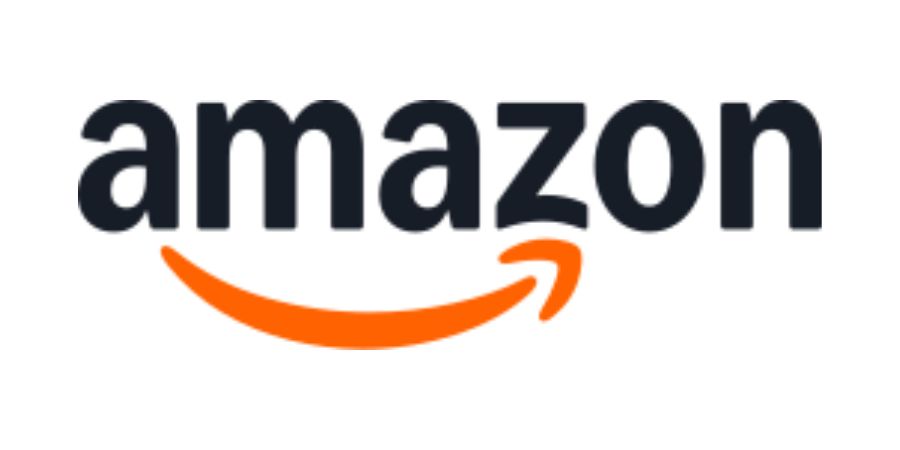Over the past few years, more and more companies in the United States have begun to look beyond the conventional health insurance plans. Rather, they are venturing into something new and more direct, working directly with healthcare providers. This model, commonly referred to as the direct-to-employer healthcare model, is rapidly gaining traction among employers of all sizes. But why is this happening? And why are businesses making this decision now?
Let’s simplify it and see why this shift is taking place.
The Problem with Traditional Insurance
For many years, businesses have depended on large insurance firms to provide health coverage to their workers. Although the system appeared to function for decades, it has begun to crack. Premiums continue to increase each year, even when workers utilize fewer services. To add to that, employers and workers frequently find the billing confusing and the coverage unclear.
Traditional insurance also involves a great deal of red tape. From authorization to surprise invoices, the process can be frustrating and illogical. Employers pay more and receive less value for the dollar spent on the health of their employees.
What Is Direct-to-Employer Healthcare?
Direct-to-employer healthcare is just what it implies. Rather than passing through an insurance company, companies contract directly with hospitals, clinics, or medical providers. Such arrangements enable companies to negotiate rates, create tailored health plans, and even establish on-site or near-site clinics for employees.
This approach eliminates the middleman, the insurance company, and simplifies the process, making it more transparent and, in many cases, less expensive.
Cost Savings without Compromising Care
One of the primary reasons that firms are moving to make this change is due to cost. Healthcare is one of the largest expenditures for most companies, particularly those with sizable workforces. With direct-to-employer models, firms can better manage their healthcare expenses. They can negotiate fixed rates for care or pay solely when workers actually use care.
These models tend to encompass preventive care plans, wellness check-ups, and early diagnosis features. The thinking is to have employees healthier as a whole, which also equates to fewer emergency visits or severe health complications that might have been prevented.
Improved Control and Tailoring
Another huge benefit of this model is flexibility. With standard insurance, firms are generally bound by pre-set plans that might not be a good fit for their teams. With direct-to-employer healthcare, firms can create their health plans in accordance with the real needs of their teams.
Some businesses might prefer to emphasize mental health services, while others might require chronic disease management programs. Direct relationships with healthcare providers enable this degree of customization, resulting in improved outcomes and increased employee satisfaction.
A Greater Emphasis on Employee Experience
Health care is not an advantage, it’s an influence that greatly impacts how much employees care about where they work. When companies provide transparent, uncomplicated, and high-value health care services, employees care. They stress less about doctors’ bills or waste less time sorting through the complications of the insurance system.
Direct-to-employer healthcare usually entails services such as virtual care, quicker appointments, and personal health navigators who can explain alternatives to employees. This not only saves time but also generates a culture of well-being at the workplace.
Technology Is Making It Easier
A few years back, direct care management relationships could sound complex. But no more, thanks to advancements in technology. It’s simpler than ever before, with many platforms assisting firms in connecting with networks of providers, securely managing employee information, and monitoring healthcare use in real time.
These solutions also assist employers in gaining insights into how their health initiatives are faring. Such information can be utilized to improve things, identify problems early, and make more informed choices.
A Growing Trend That’s Here to Stay
Throughout the U.S., increasing numbers of businesses are resorting to direct-to-employer healthcare as a wiser choice. From high-tech startups to big manufacturing companies, the change is occurring in various industries. Even schools and government institutions have begun investigating this model.
It’s not about saving dollars. It’s about building a better, more transparent system that benefits both workers and employers. A system in which individuals have access to the care they need, without drowning in paperwork or worrying about expenses.
Looking Ahead
As the healthcare environment continues to evolve, it’s obvious that the old insurance model is no longer the best solution for all. Direct-to-employer health care presents a welcome new path forward, one that prioritizes people, controls costs, and produces improved outcomes.
This isn’t a fad. It’s an indicator that companies are stepping up and taking charge of their healthcare strategy and deciding what’s best for their employees. Over the next few years, this model is likely to expand even more, shifting the way companies throughout the U.S. approach employee wellness and health.











